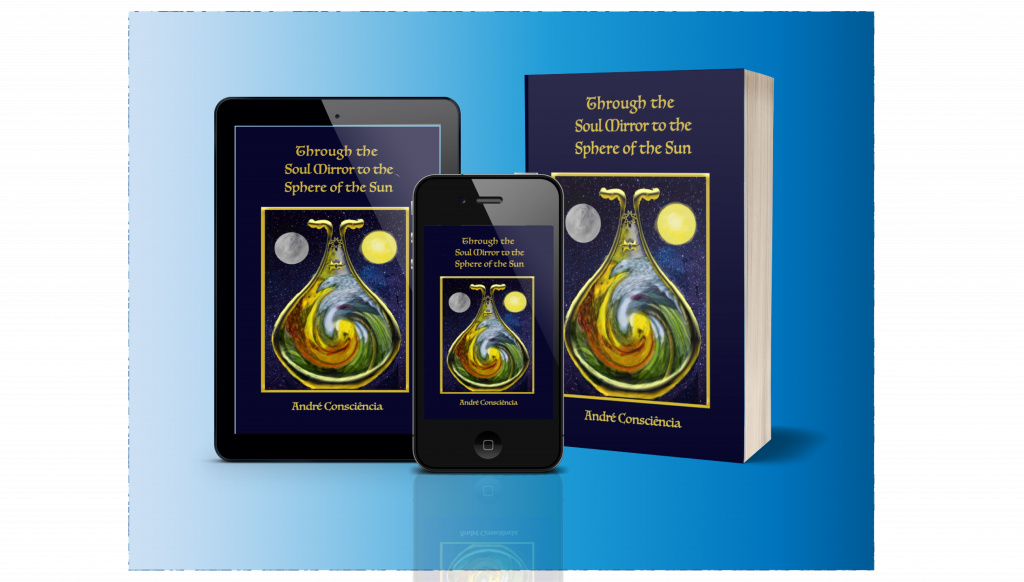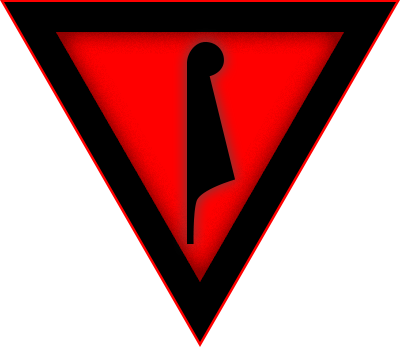Studies:
- General Reading List:
- Familiarization with HML materials.
- Self-examination and questionnaires
(Jungian Persona test, for example). - Introductions to Yoga.
Tasks:
- Read Liber OZ
- The Aspirant must meditate.
- Focusing on introspection.
- Mastering the ‘Sign of Silence.’
- Contemplating the Tarot Trumps: Lamed & Aleph (LA)
- Starting Yoga.
- Working with the word AGAPE.
THE HORUS MANDALA Wherein the Mask of Horus is Danced by the Aspirant I) HOOR-PAAR KRAAT
I will be adding a series of texts commenting on the working zonules of the Horus-Maat Lodge, in them expressing my view and experience.
This entry comments on self-examination.

For a self-assessment model, I will be using a small portion of my own work, Through the Soul Mirror to the Sphere of the Sun.
I will, at once, quote from it:
Notes on the Primal Instincts Called “The Forgotten Ones”
Let us start with something more familiar to the Hermetic reader: The Corpus Hermeticum by Hermes Trismegistus,¹ where we are introduced to the twelve irrational tormentors of the body. They spring from the lack of reason in the collective. They are:
Ignorance
Grief
Intemperance
Concupiscence
Injustice
Avarice
Deceit
Envy
Treachery
Anger
Recklessness
Malice
These are considered root tormentors, meaning that from them derive other tormentors, although Hermes states that there are many others. What they have in common is that they make use of the senses in order to create suffering and imprisonment. They are what Franz Bardon calls vices, faults, and weaknesses—his concept of the Black Mirror, which is the mirror of such tormentors.
The decipherer will understand, by hints given by Hermes, that each of these tormentors corresponds to a sign in the zodiac. Against such tormentors, the Hermeticist has ten powers of God that cleanse the body and soul. This corresponds to the White Mirror in Initiation into Hermetics.²
The ten powers are:
Gnosis
Joy
Self-Control
Perseverance
Justice
Unselfishness
Truth
Goodness
Life
Light
What happens is that:
Gnosis dissipates ignorance
Joy dissipates grief
Self-control dissipates intemperance
Perseverance dissipates concupiscence
Justice dissipates injustice
Unselfishness dissipates avarice
Truth dissipates deceit
Life dissipates anger and recklessness
Light dissipates envy and treachery
Goodness dissipates malice
Hermes further states that Truth, Life, and Light are the triune, since they are one. The Corpus Hermeticum suggests that this triune, being God in structure, is capable of chasing away the tormentors of darkness. From these three virtues spring the other seven virtues; when all ten virtues are complete in the soul of the Hermeticist, he is born spiritually into the divine.
Here, Light is the active power and Life the passive power. Life happens on its own and self-regulates, but Light is self-created and self-generated.
In the Corpus Hermeticum, some tormentors appear paired, such as envy with treachery, or anger with recklessness. Treachery consecrates its practitioner as an initiate in the mysteries of envy; once anger has made the practitioner reckless, guilt will incorporate anger into his conscience. Recklessness and treachery are passive traits meant to regulate envy and anger, which are active traits. The most common strategy to combat an active trait is willpower and transmutation, but if one is removed, the other soon becomes a frail shade.
Skipping ahead, Nema (in Maat Magick) refers to primal urges as “The Forgotten Ones.” She traces them to the dawn of life on Earth: hunger, sex, fight-or-flight, clanning, speech, curiosity, altruism, and finally God-hunger—the impulse towards transcendence.³
Each primal instinct carries a lesson:
Eating teaches that the outer world is also us.
Sexual desire shows affinity with those closest to us.
Fight or flight makes us fear the unknown, bringing the thirst for knowledge.
Clanning relates us to intelligence as a collective entity.
Communication reveals that we are not only what we absorb but also what we transmit.
Curiosity uncovers the path to the unknown.
Altruism identifies us with cosmic intelligence and truth.
God-hunger arises as a fever from the realisation that we are an expression of what we seek.
These are eight dualistic urges, but the eighth (God-hunger) is a gateway between dualism and non-dualism. Unlike the twelve tormentors of Hermes, Nema instead divides instincts by chakras and planets as layers of existence.
She also describes the Forgotten Ones as the gods of our genetic structure, survival-factors that have been buried beneath civilization.⁴ They are both allies and enemies: sublimated, they give us skills and virtues; unchecked, they can destroy malformed complexes.
Nema advises that the magician should balance between suspending rational mind and observing actions with detachment. Inviting the Forgotten Ones in this way allows them expression while avoiding harm, a process she likens to the Black Flame or Bardon’s akashic trance. This balance creates a new sense of unity with the life-flow, enabling nonverbal communication and work on a world scale.
She warns that the Forgotten Ones access humanity mainly through the astral and dreams. Those in starvation conditions—whose rational consciousness has been eroded—become the hunger-gates of the Forgotten Ones, wielding immense unconscious power.
The Black and White Mirrors of the Root Instincts
Black Mirror (Root Instincts):
Fire: Fight-or-flight (active), God-hunger (passive)
Air: Speech (active), Curiosity (passive)
Water: Clanning (active), Altruism (passive)
Earth: Sex (active), Hunger (passive)
White Mirror (Root Powers and Virtues):
Fire: Command & speed (active), Transcendence (passive)
Air: Communication (active), Discernment (passive)
Water: Bonding & love (active), Compassion (passive)
Earth: Allure & fascination (active), Stability & learning (passive)
The instincts of the Black Mirror interact among themselves, as do the powers of the White Mirror. Together, black and white mirrors create balance through cause and effect. Faults are inadequate responses to instincts; virtues are adequate responses to sublimated instincts.
Franz Bardon spoke of at least one hundred faults and one hundred qualities, with the magician completing his soul mirror in two weeks. What we have given here are but the foundations for such a practice.
¹ Hermes Trismegistus, The Corpus Hermeticum, XIII: The Secret Sermon on the Mountain. http://gnosis.org/library/hermes13.html
² Franz Bardon, Initiation into Hermetics. (Germany: Rüggeberg-Verlag, 1993).
³ Nema, Maat Magick (on “The Forgotten Ones”).
⁴ Nema, “Foundation,” The Cincinnati Journal of Ceremonial Magick, Vol. I, No. 5 (1983).

In the companion course for this book, Magic & Mystical Introspection, I provide a questionnaire adapted to the topic of the Forgotten Ones.
You should describe the daily occurrences of each section for five days. When nothing occurs in one section, it should be left empty.
Then, draw a quantified table of how you stand regarding the Forgotten Ones, calculated according to frequency and intensity; and map your most prominent connections among Forgotten Ones.

Instances of Fight or Flight:
Instances of command and speed:
Instances of God-hunger:
Instances of transcendence:
Instances of gossip and venting:
Instances of communication:
Instances of blind curiosity:
Instances of discernment:
Instances of clanning:
Instances of bonding and love:
Instances of superiority:
Instances of compassion:
Instances of blind sexuality:
Instances of allure and fascination:
Instances of blind consumption:
Instances of learning:




